Squatter village below Mount Davis
Primary tabs
What: "Tin shacks" in English or "muk uk" (wood house) in Chinese, huts like these sprouted on many of Hong Kong's hillsides in the years after the second world war.
They were dangerous places to live. Made of wood and bamboo, there was a constant risk of fire. Heavy rain put out fires, but meant landslips could send the huts crashing down the slope. Typhoon winds could flatten them.
Who: So not somewhere you'd live if you had the choice, but for many there was no choice.
My wife's family lived arrived in Hong Kong in the late 1940s, and started out in a hut like these. They were some of the hundreds of thousands who flocked to Hong Kong at that time, far too many for the existing accommodation to hold. They ended up renting a hut on the hillside above Shek Kip Mei. The hut was destroyed in the great fire of 1953, but the family escaped unharmed. After the fire they were some of the lucky ones who got a place in the new public housing.
Back to this photo, and the only people we can see are this couple in a boat:
Do either of them live here? Maybe, as I can see a ladder leading down to the sea from the hut on the far right of the main photo.
Where: The huts stretch from the sea:
right up to the road:
The concrete building above the road is still here today, and confirms the location. Here's how it looked this morning:
It's the Chee Sing Kok Social Centre above Victoria Road on Mount Davis, just here:
When: The picture is scanned from a slide taken in 1974.
The huts are long-gone, but if you walk down the hillside today you can still see traces of their walls and floors on either side of the path:
The path leads down to a local swimming club's pier and changing rooms. One of the swimmers told me their club moved here in 1988, and that the huts were cleared away a few years before that.
Did your family live in one of these villages? What stories do they tell of that time?
Regards, David
Photo reference: A298
|
Also on Gwulo.com this week:
|
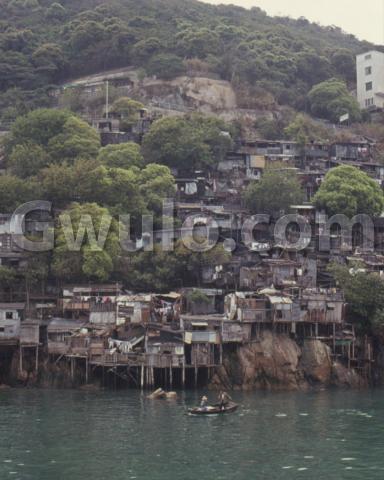
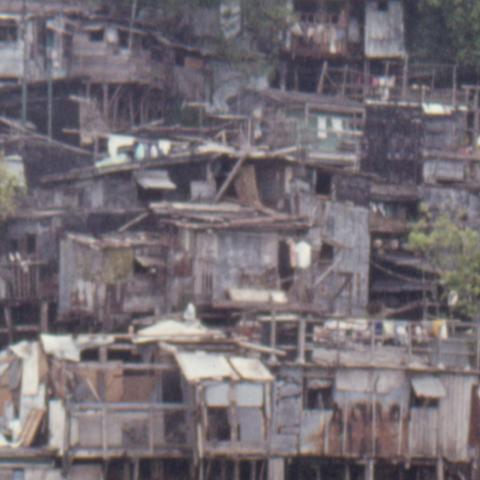
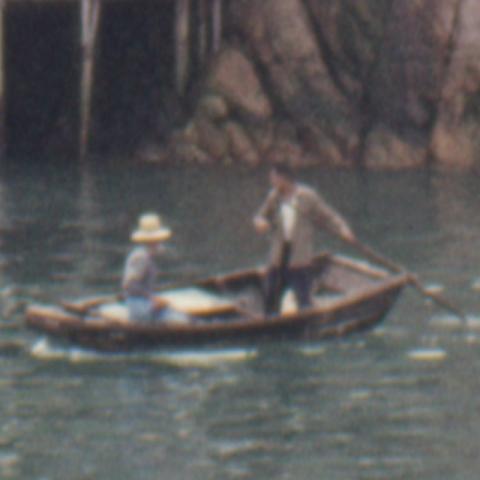
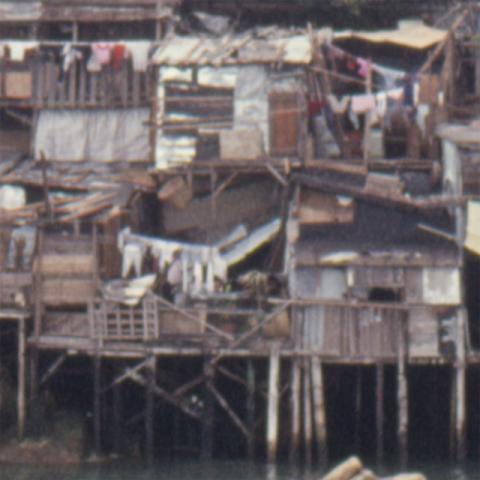
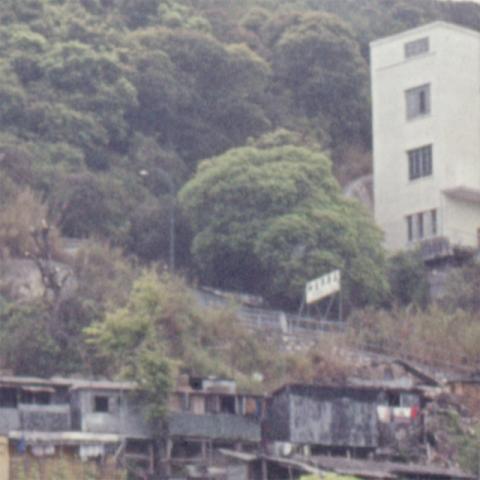


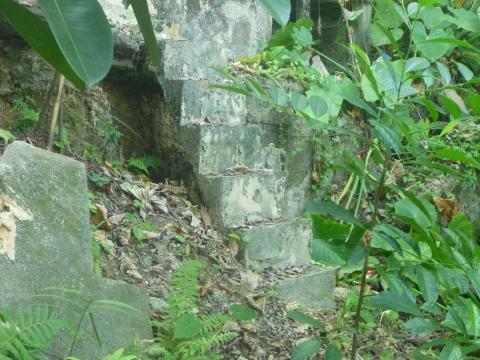

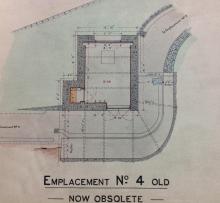
Comments
Re: Squatter village below Mount Davis
Thanks David. Squatter villages were quite commonly seen even to the 1980s. Do you know if any officially designated squatter areas or cottage resettlement areas still exist? If not, which is the last one that got demolished?
Re: Squatter village below Mount Davis
Re: Squatter village below Mount Davis
C, according to this they were all cleared by 2001: http://gwulo.com/comment/10844#comment-10844
T, thanks for the extra information. I guess the 1983 damage was the start of removing the village, and it was all gone by 1988 when the swimming club relocated to here.
The book "When hillsides collapse" by the CEDD has a photo titled "Firemen clearing the debris following a landslide on 9 September 1983 in Victoria Road, Hong Kong Island". It's not clear exactly where the photo was taken, but there's a good chance it is the same landslide you mentioned.
Regards, David
Shek Kip Mei Fire - 1953
David - well remember the fire when finishing National Service at nearby Sham Shui Po. Our whole troop went there in open lorries and were provided with soaked wet blankets to get amongst the huts and bring out whoever we could. Many were familiar with the narrow stepped pathways and knew their way around.
Quite a night.
Harry.
wood huts in my neighbourhood
When I was a kid I used to live on one of the row houses on Queen’s Road East where the Cosmo hotel is located today. In the early sixties there were some wood huts built along the back lane (Huo Tak Lane?) right by the retainer wall of the Muslim cemetery. There were also some two storey high fruit trees on that lane where the kids climbed up to pick small green mangos. HK was lush green those days.
Squatter villages
Thanks to Tony Lam who checked with some friends in the Lands Department. He confirms that all the resettlement areas have been cleared, though there are a few squatter areas that still remain.
Harry, we've got a couple of photos of the Shek Kip Mei fire from a fellow National Service-man: http://gwulo.com/node/5846, and a couple of views of the area afterwards:
http://gwulo.com/atom/11025
http://gwulo.com/atom/11026
Peter, this page may have some photos of the area as you remember it: http://gwulo.com/node/8322. I'd also be interested to hear if you have any memories of the Lane Crawford Bakery in that area: http://gwulo.com/node/13908
Regards, David